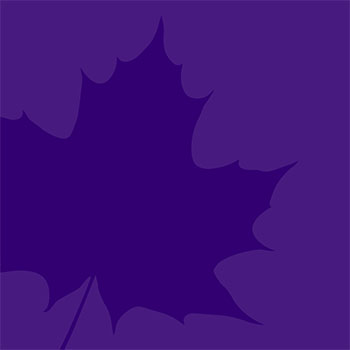We use cookies on this site to enhance your experience.
By selecting “Accept” and continuing to use this website, you consent to the use of cookies.

Canadian Press (CP) Style was created for staff of the wire service of the same name. Although it was originally developed for news writing and reporting, it is now used by a wide range of Canadian organizations because of its focus on clear, concise and accessible writing. It is an ideal style to use when communicating with the public via reports, presentations, newsletters, web content, social media and marketing materials. The following advice is drawn from The Canadian Press Stylebook and The Canadian Press Caps and Spelling.
Canadian Press Style emphasizes the use of short, direct sentences with one or two clauses. Longer sentences should be separated into shorter ones to be understood more easily and quickly.
Commas are only used to join clauses with different subjects into one sentence.
Only one space is used after a period at the end of a sentence.
Do not use the serial (Oxford) comma to separate items in a list.
Double quotation marks are used to signify an exact, word-for-word quotation. If you are not sure that you have captured a quotation verbatim, you should paraphrase it instead. Double quotation marks are also used to note the titles of books, movies, plays, TV shows and songs.
Use single quotation marks to mark one quotation inside of another or the title of a work of art inside of a quotation.
Use the active voice as much as possible, as it results in shorter, clearer writing that is transparent about who did what.
Use plain, everyday words that are widely understood instead of formal language and jargon. Avoid adverbs by choosing better verbs that can stand on their own.
Canadian Press Style does not use academic citations. It prefers writers to attribute data, quotations and information from other sources in the main text. When a direct quotation precedes attribution (the source of the material), use a comma at the end of the quotation, inside the double quotation marks.
Use Canadian spellings instead of American or British spellings.
Write out numbers between zero and nine. Use numerals for numbers 10 and larger. When numbers between 21 and 99 are written out, use a hyphen.
Use numerals for numbers up to 999,999. Then, use words unless absolute precision is required.
Numbers at the beginning of a sentence must spelled out, no matter how large or small.
Write out per cent as two words instead of one.
Write out ages under 10 unless they appear right after someone’s name.
Dates are written with numerals. Eras can be made plural in two ways:
When referring to currency, put the dollar sign before the numeral.
For more information, you can consult The Canadian Press.
![]()
Bruce Gillespie, Writing Services, Wilfrid Laurier University, CC By-NC 2023
Note for Printing or PDF Download
If you are printing or downloading a PDF of this document, note that the document does not display hanging indents.
If your citation is longer than one line of the page, indent the remaining line(s) about 1/2 inch from the left margin.